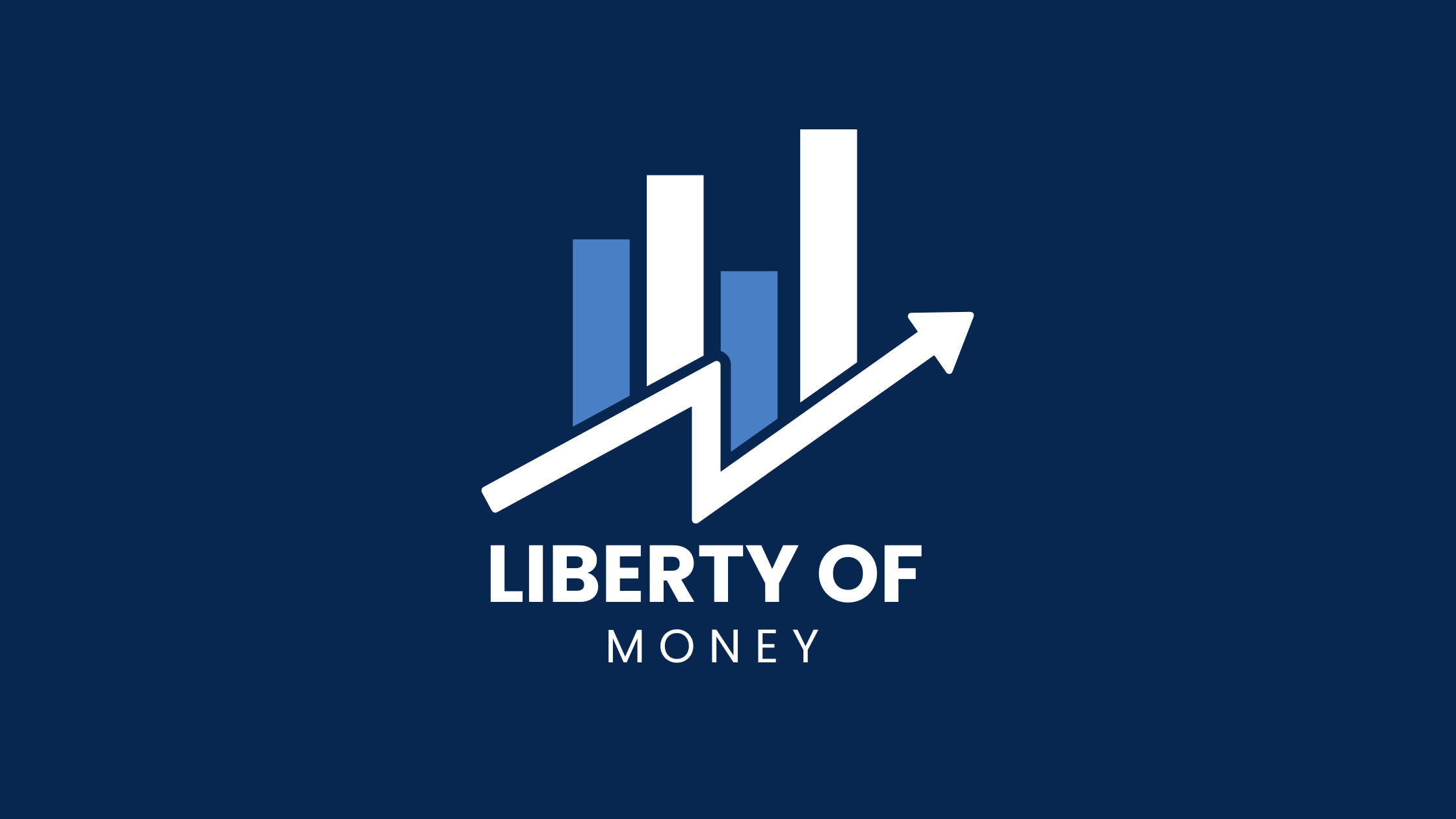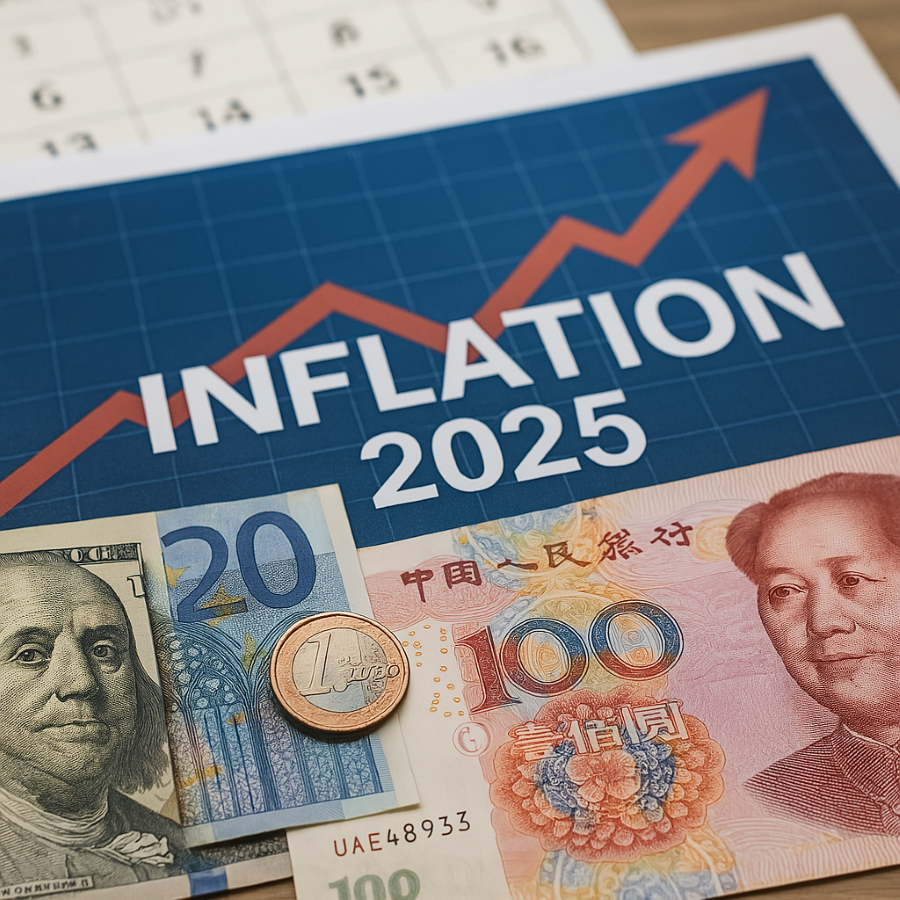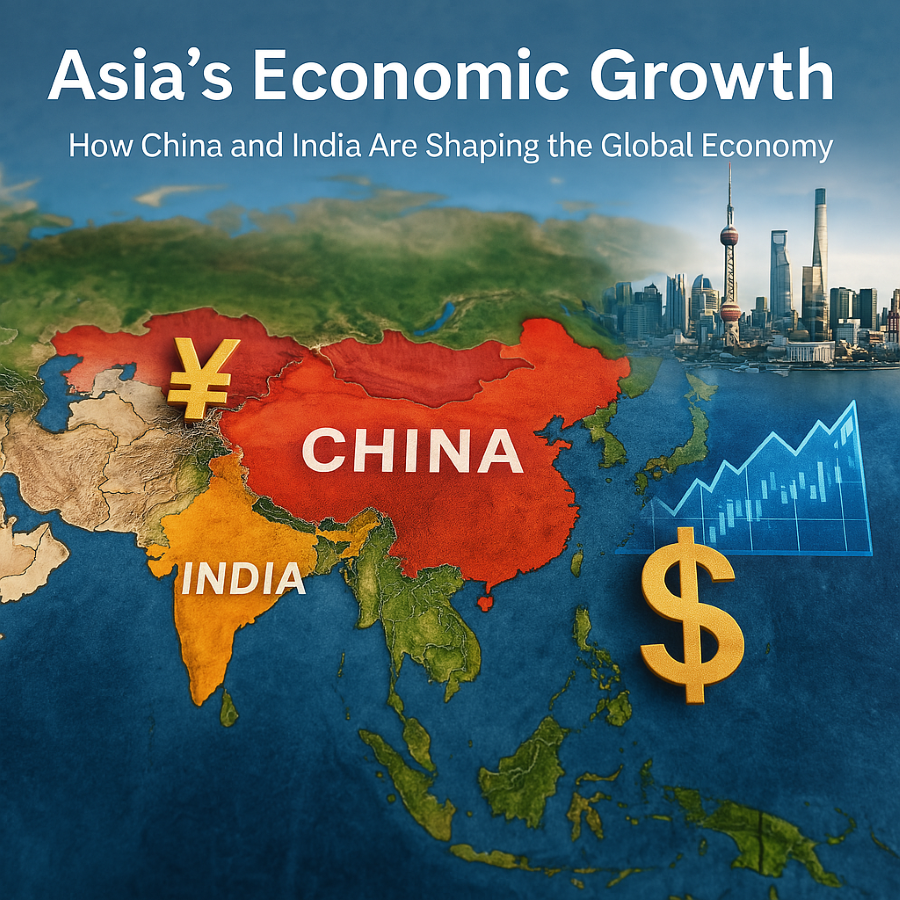Why Global Inflation Still Matters
If you’ve been feeling like your money doesn’t go as far as it used to—you’re not alone. Around the world, consumers and businesses are grappling with persistent inflation in 2025. Prices for essentials remain elevated, and central banks are deploying various strategies to keep their economies balanced.
But what’s really going on behind the scenes? And how can investors and entrepreneurs prepare for the ongoing shifts in global economic policy?
In this article, we break down how key countries are responding to inflation, what tools they’re using, and how it all affects your financial planning and investment strategy.
What Is Driving Global Inflation in 2025?
Several key factors continue to fuel inflation this year:
- Lingering supply chain disruptions post-pandemic
- Geopolitical tensions (e.g., in Eastern Europe and Asia)
- Energy market volatility and climate events
- Consumer demand rebound in developing markets
These forces have pushed prices up, despite tighter monetary policies in many nations.
Monetary Policy Tools in Action: Who’s Doing What?
1. United States
- Federal Reserve has maintained interest rates above 5% for much of 2025.
- Focused on controlling wage growth and service-sector inflation.
- Quantitative tightening continues to reduce money supply.
2. European Union
- ECB balances inflation control with economic stagnation.
- Rates have plateaued; fiscal support is aimed at lower-income households.
- Green investment incentives are helping fight energy-driven inflation.
3. Latin America
- Countries like Brazil and Mexico have seen inflation cool due to early, aggressive rate hikes.
- Emphasis now on growth stimulation without losing price stability.
4. Asia
- China uses a mix of monetary easing and industrial policy to manage its post-reopening economy.
- India focuses on domestic production incentives and smart subsidies to control inflation.
Key Trends: What to Watch in 2025
- Central bank independence is being tested by political pressures.
- Crypto and digital currencies are gaining traction as inflation hedges.
- Commodity price swings are influencing food and fuel costs globally.
- AI-powered analytics are helping investors and policymakers predict inflation trends.
How to Navigate Inflation as an Investor or Entrepreneur
If you’re investing, saving, or running a business, here are a few practical strategies:
- Diversify your portfolio with inflation-resistant assets (real estate, commodities, dividend stocks).
- Stay updated on central bank decisions and economic forecasts.
- Use tech tools and financial apps to monitor market trends.
- Invest in infoproducts that teach you how to protect and grow your money during volatile times.
Infoproduct Opportunity: Learn to Profit Even in High Inflation
Want to turn inflation challenges into opportunities?
Our exclusive online course “Smart Investing in Times of Inflation” teaches you:
- How to read monetary policy signals like a pro
- The safest inflation-proof investments in 2025
- Real case studies and action plans
Adaptability Is the New Financial Superpower
Inflation in 2025 isn’t going away anytime soon—but neither are the tools and insights that help you thrive. Whether you’re an investor, entrepreneur, or simply curious about the economy, understanding how governments and central banks respond is key to making smarter decisions.
Stay informed, stay flexible, and don’t forget: knowledge is your best investment.



